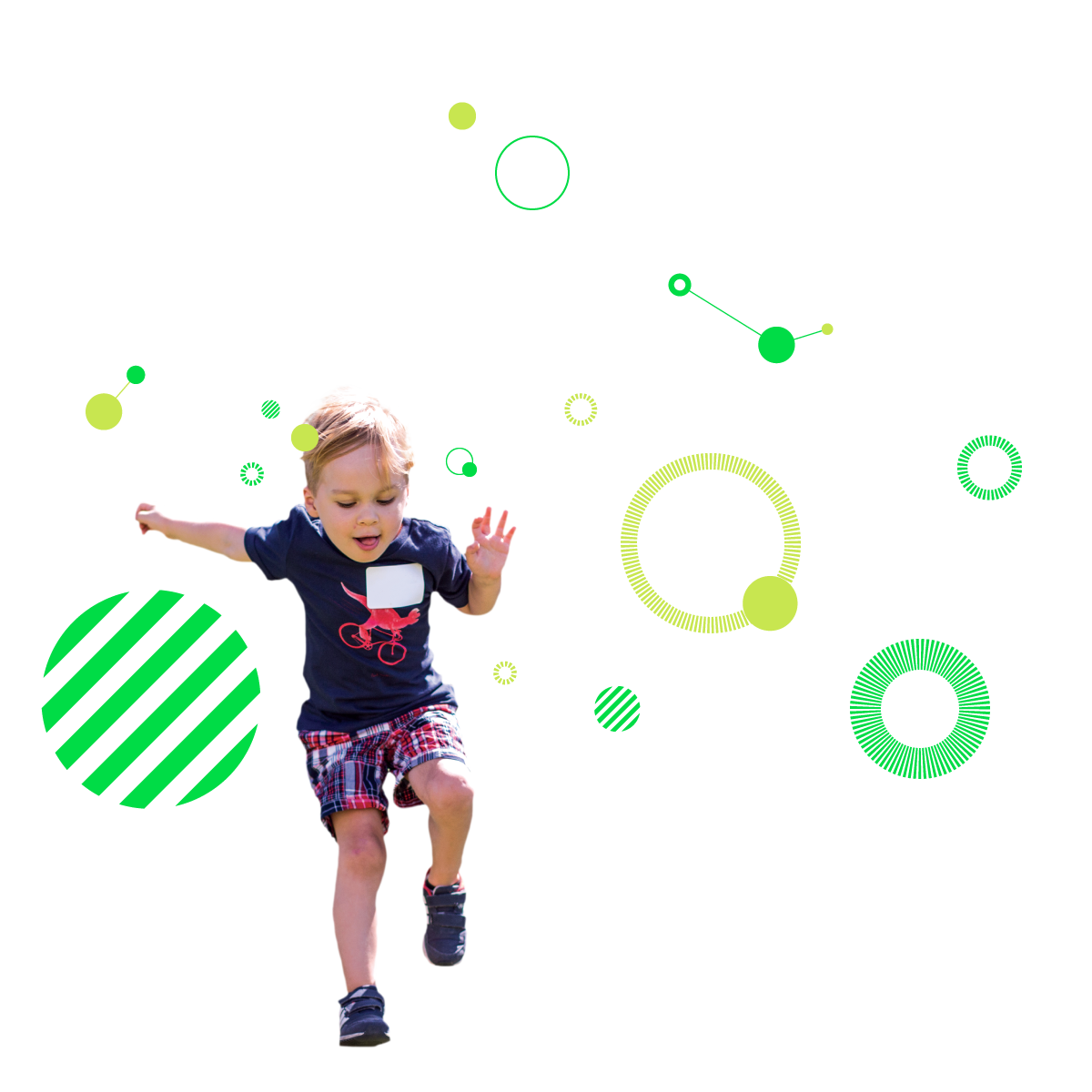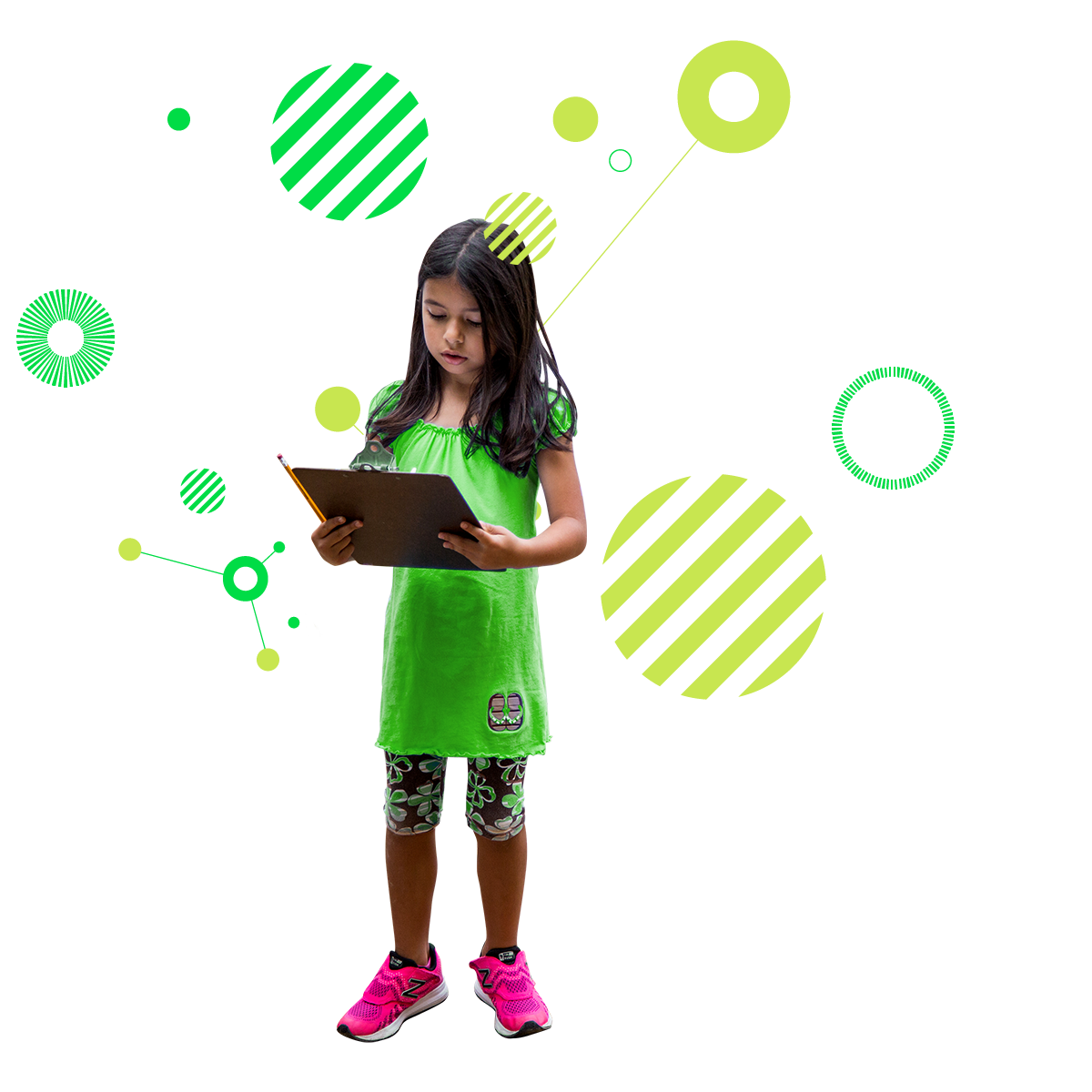At Turning Point School, we believe that it is essential to provide students with opportunities to acquire knowledge in ways that are meaningful, rigorous, and endure beyond what they need to know to pass a quiz or ace an exam. A key element to achieving this is to have the best teacher possible in each classroom, and at Turning Point we ensure our teachers have the ability to learn, grow, and develop their craft, right alongside their students.
Last Friday we dedicated a day to the professional development of our faculty and staff. All professionals participate in continuing education, and educators are no different. Just as we trust that our doctors are informed about the latest research and diagnostic techniques, we want our teachers apprised on the best strategies for improving the educational experiences of our students.
In selecting the areas we wanted to focus on for this day of learning and discussion, we asked our faculty and administrators to tell us about strategies they were employing in their classrooms, areas where they wanted to learn more, and topics that motivated and inspired them to be better educators. In these discussions, some important priorities emerged.
Teachers want to create lessons that differentiate to meet the needs of diverse learners. They want to organize units around essential questions, and create projects that involve a challenging problem requiring sustained inquiry. They want to design lessons and curricula intentionally—from the learning outcome backwards to the introduction of the new concept. And, many of our teachers already do these things quite well—so well, in fact, that we asked them to share their expertise and experience in these key areas with their peers.
We also unveiled our new “Maker Space” and every teacher enjoyed the chance to explore the space, brainstorm about the projects that could reside there, and to participate in a hands-on assignment designed to get everyone out of their comfort zone.

Our first workshop, Engaging Learners at all Levels led by Diana Bender and Rachele Malonzo, focused on differentiated instruction as a framework for teaching. In order to reach all levels of learners, teachers must consider each of the following:
- Content (information or skills the student needs to learn);
- Process (activities to help students master the content or skills);
- Products (assessments that require students to show, apply, evaluate, or extend their learning); and
- Learning environment (how the classroom works and feels).
Differentiation depends on knowing each learner and assessing him or her regularly, adjusting assessments when appropriate to meet students where they are, and adjusting the learning environment to provide multiple opportunities to teach content. Our teachers thoughtfully shared their successes with differentiated learning, and highlighted lessons they feel could benefit from further differentiation.

In Backward Design: Strengthening Curriculum through Essential Questions, Paige Montesano and Justin Lemucchi helped teachers reimagine traditional lesson planning by starting with a desired outcome and working backwards. Key elements of Backwards Design include:
- Structuring lesson planning by first identifying desired results (learning outcomes)
- Determining acceptable evidence of learning (assessments)
- Designing the learning experiences and instruction (lessons)
Assessments should allow students to explain, interpret, apply knowledge, show perspective, empathize, or use self-knowledge. Essential questions anchor a unit: these open-ended, thought-provoking, justifiable, and revisable questions require critical thinking, provide a touchstone for evolving understanding, offer cohesive lesson planning, and create a culture of inquiry in the classroom. They tell students that the classroom is a place where we ask questions, not receive information statically.

In Design Thinking, Amy Philpott, Travis Reynolds, and Vivan Ariza encouraged teachers to generate ideas for solutions that emphasize:
- Desirability (does your idea solve a problem?)
- Feasibility (how does it work?)
- Viability (how is your idea sustainable?)
Design thinking combines the practical and analytical thinking of engineers with the intuitive and creative thinking of designers. At Turning Point we already participate in many design thinking projects, such as the Halloween Carnival, in which our Grade 8 students design games for younger students with recycled materials. The purpose of this community-minded project is to design for someone else. It requires stages of engagements:
- Empathize (what is the problem? Whose problem is it?)
- Define (what are the user’s needs? What is most important? What are the challenges?)
- Develop ideas (what can you create to solve the problem?)
- Prototype (what will your solution look like? Is it the best solution? What materials are needed?).
- Test (what worked? What didn’t? How can my solution be improved?)
To see a great example of this type of thinking in action, watch this video.

Finally, in Rigor through Project-Based Learning, Tessa Short, Karen Pritchet, Jamie Wagner, and Matt Kline discussed the definition of PBL and ways to overcome apprehension to implementation. Project-based learning involves identifying student learning goals, designing essential project design elements, and implementing project-based teaching practices. Student learning goals involve demonstrating mastery of knowledge, understanding, and skills. When designing a project, teachers utilize:
- A challenging problem or question
- Sustained inquiry (no easy answers)
- Authenticity (how “real-world” the learning is)
- Student voice and choice
- Reflection (what, how, and why they are learning)’
- Critique and revision
- A public product (which like student voice and authenticity, motivates students to present high-quality work)
Workshop leaders shared projects such as this one where students can build a business, or propose community development projects.

Some very common themes emerge in these workshops: authentic learning, individualized learning experiences, student inquiry, critical thinking and reflection, meaningful assessments, creativity. Workshop leaders incorporated these values into each workshop, and provided opportunities for faculty to reflect on their own teaching approaches, to assess their curricula through these lenses, and to envision assessments that will provide data that enables us to continue to refine and improve our craft for the benefit of our students.
Have you seen any of these themes emerging in your conversations with your children? If so, I would love to hear more. Email me your stories, or please stop and chat the next time we see each other at carpool. I was incredibly proud of and impressed by the acumen, openness, and appetite for collaboration that I witnessed among our teachers last week, and I am excited for your children to experience those outcomes in the classroom!
Laura
Dr. Laura Konigsberg
Head of School


































